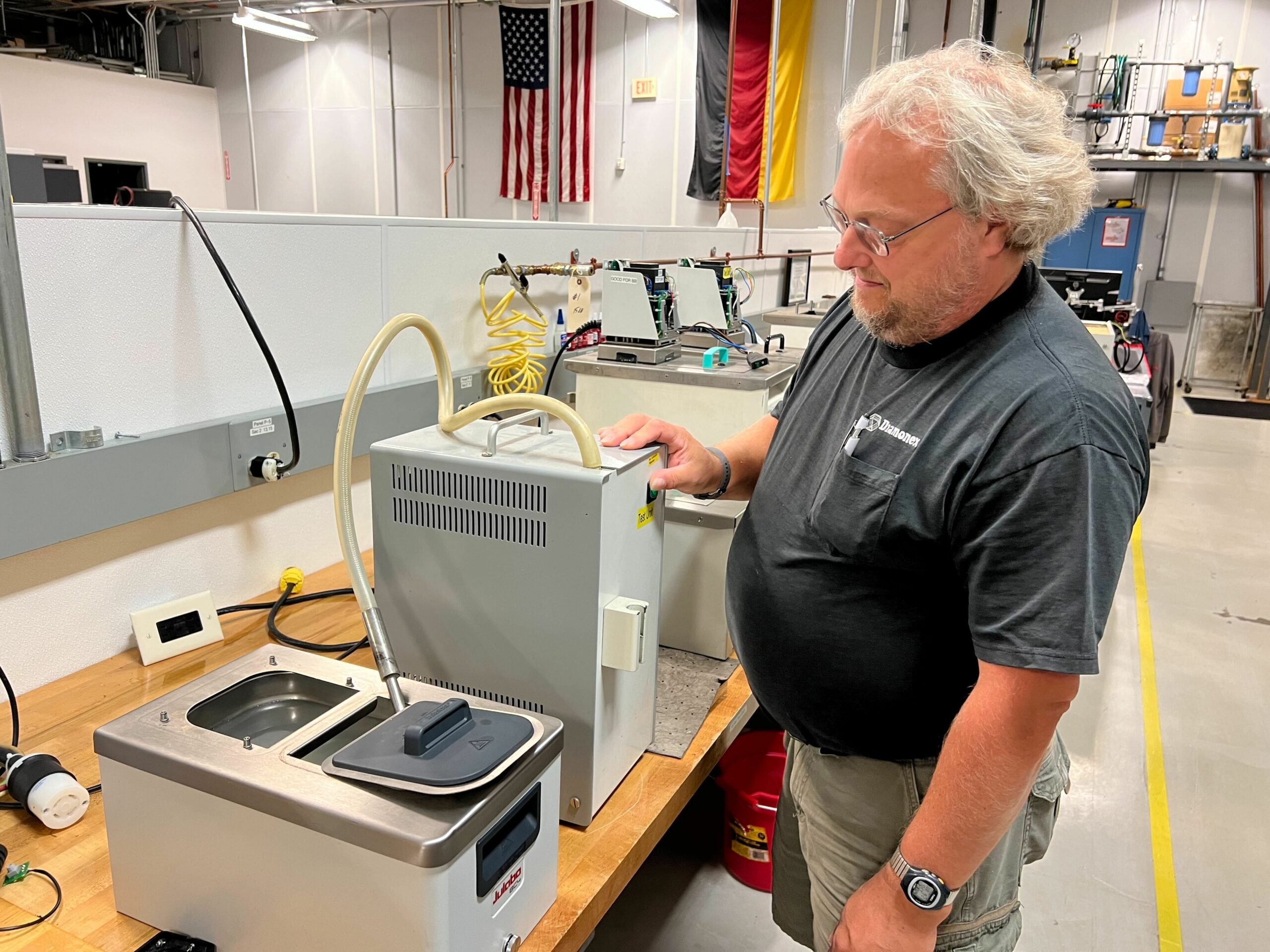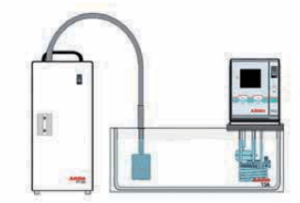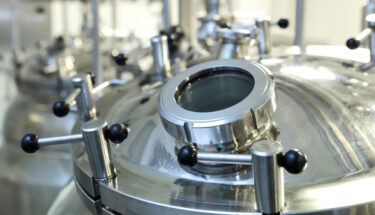
What are immersion coolers, and what are they used for?
What are Immersion Circulators?
Immersion coolers are used in laboratories to provide an alternative cooling method for small applications. The immersion circulator’s refrigeration system cools a metal probe placed in a bath or tank containing a liquid. The immersion cooler provides superior cooling compared to water, water ice, or dry ice.
Are Immersion Coolers Better than Tap Water, Ice Water & Dry Ice?
Standard methods of cooling small applications in the laboratory include tap water, ice water, or dry ice. These cooling processes are readily available in most laboratories and often cited in scientific literature. However, if we look closely at these cooling options, they present some deficiencies.
- Using Tap Water to Cool a Laboratory Application leads to problems
When it comes to tap water, you can’t control the temperature of the water, which can fluctuate throughout the year, depending on the seasonal climate. Pressure and flow rates fluctuate daily based on area or facility demand. Single-pass water use in applications wastes a valuable resource, and many municipalities/facilities restrict or prohibit single-pass water usage altogether. The continuous use of water as a cooling method also increases operational costs in the form of water and sewage rate increases.
- The trouble with Using Ice Water to Cool a Laboratory Application
The combination of water, ice, and salt enable cooling to 0 °C or -17 °C. If you need to go lower than -17 °C, you’ll be unable to accomplish this. In addition, this is a labor-intensive process where you’ll have to constantly replenish the ice and check the water levels as the ice melts. Plus, it’s not the most economical or ecological option due to the dependency on water.
- Setbacks to Cooling with Dry Ice
While dry ice may expand your temperature range, it’s not without some significant setbacks. You can achieve various cold temperatures with different solvents (e.g., -77 °C with acetone, -41 °C with acetonitrile). However, the operator must keep adding dry ice during the unit operation while following specific safety handling procedures. In addition, dry ice pricing has increased dramatically over the past few years with regular supply shortages. The solvents used can also require hazardous waste disposal, which also adds cost.
What are the benefits of cooling with an Immersion Cooler?
Cooling with an immersion cooler provides greater control over temperature, cuts down on labor and operating costs over time, and allows operators to streamline operations.
How an Immersion Cooler Works
With immersion coolers, the cooling probe’s lowest temperature range dictates product classification. The JULABO models FT200 (-20 °C), FT400 (-40 °C) and FT900 (-90 °C) work by placing the probe in the application and turning on the power. Based on the external heat load, the unit will attempt to go as cold as possible.
More sophisticated models add an external Pt100 sensor with set point control and display. The FT402, FT902, and FT903 models have set point capability. By placing the Pt100 sensor in the application with the cooling probe, the operator can input the desired set point. The systems will regulate to the set point if the external load does not exceed the cooling power at the desired temperature.
Immersion Cooler Uses & Product Recommendations
Immersion coolers replace dry ice in the laboratory. By placing a low temperature immersion probe (such as the FT900, FT902 or FT903) in a device with a solvent such as acetone or ethanol) operators can cool without dry ice. Applications include small-scale reactions (1 – 100 mL), benchtop rotary evaporator condensers, Dewars, and vacuum traps. Intermediate (warmer) temperatures can use immersion temperatures like the FT200, FT400, or FT402.
Example of FT402 cooling a reactor
Applications requiring sub-ambient temperatures (e.g., 10 °C) with open bath heating circulators can be achieved by placing an immersion cooler probe in the bath tank. The immersion probe will cool the bath contents, and the heating circulator will maintain the set point.
Example of an FT400 counter-cooling an open bath heating circulator
Sizing and Insulation Requirements for an Immersion Cooler
When using an immersion cooler to reach very cold temperatures, it’s important to insulate the application thoroughly. Immersion coolers behave like any refrigerated system in that the cooling capacity drops at lower temperatures. Minimizing heat loss with adequate insulation will allow the immersion coolers to achieve a lower temperature.
As mentioned above, immersion coolers have reduced cooling power at low temperatures. Although the FT900/FT902/FT903 can achieve -90 °C, they only have 70W cooling power at -80 °C. Immersion coolers will not cool 20L of a solvent to -80 °C as they lack adequate cooling capacity. Remember, when selecting a unit – immersion coolers work best on small volumes/heat loads.
Conclusion and Next Steps:
Immersion probe coolers offer a range of low temperature alternatives to water, ice water, and dry ice. They provide an easy way to cool or counter-cool common laboratory applications. Contact us for help finding the immersion probe cooling system for your application. You can also discuss your cooling application and any issues you may be having directly with our team. Mark Diener, our senior product manager, and application scientist, holds weekly office hours to answer your questions. Contact Mark for any questions you may have about your cooling application.









